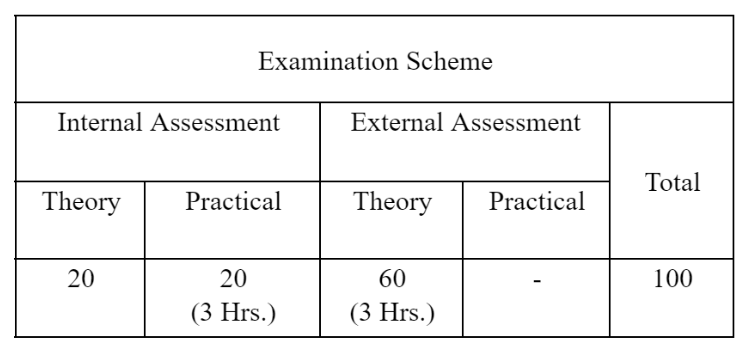Course Title: Probability & Statistics (3 Cr.)
Course Code: CACS2O2
Year/Semester: II/III
Class Load: 5 Hrs./ Week (Theory: 3 Hrs, Tutorial: 1 Hr., Practical: 1 Hr.)
Course Description
This course covers basic concepts of statistics, measurement of central tendency. correlation & regression analysis. probability, sample survey, sample survey methods and design of experiment. These topics are essential tools for research.
Course Objective
The general objectives of this course are to provide a fundamental concept of Statistics. Probability, Sample Survey and their applications in the area of Social Science and Computer Application.
Course Contents
Unit 1 Introduction to Statistics [3 Hrs.]
Meaning. Scope and Limitations of Statistics, Types and Sources of Data, Methods and Problems of Collection of Primary and Secondary Data.
Unit 2 Descriptive Statistics [6 Hrs.]
Measure of Central Tendency (Arithmetic Mean, Median, Partition Values, Mode); Measure of Dispersion (Absolute and Relative Measures: Range, Quartile Deviation, Mean Deviation. Standard Deviation, and Coefficient of Variation)
Unit 3 Correlation and Regression Analysis [6 Hrs.]
Correlation: Definition, Scatter diagram, Karl Pearson’s coefficient of correlation. Numerical problems for determination of Correlation Coefficients. Regression: Definition, Dependent and Independent Variables, Least Square method only, Numerical Problems.
Unit 4 Probability [8 Hrs.]
Definition of Probability, Two basic Laws of Probability( without proof). Conditional Probability; Probability Distributions (Binomial. Poisson and Normal); simple numerical problems.
Unit 5 Sample Survey [6 Hrs.]
Concept of Population and Sample; Needs of Sampling; Censuses and Sample Survey; Basic Concept of Sampling: Organizational Aspect of Sample Survey : Questionnaire Design; Sample Selection and Determination of Sample Size: Sampling and Non Sampling Errors.
Unit 6 Sample Survey Methods [10 Hrs.]
Types of Sampling; Simple Random Sampling with and without Replacement; Stratified Random Sampling; Ratio and Regression Method of Estimation under Simple and Stratified Random Sampling; Systematic Sampling; Cluster Sampling; Multistage Sampling; Probability Proportion to Size Sampling (PPS), Estimation of Population Total and its Variance. Sampling Distributions (t, x2, z) and Related Problems.
Unit 7 Design of Experiment [6 Hrs.]
Concept of Analysis of Variance (ANOVA), F -Statistic and its Distribution,
Linear Model in ANOVA, Analysis of One Way, Two Way Classification (1 and m observations per cell) in Fixed Effect Model.
Laboratory Works
Techniques for using the computer as a tool in the analysis of statistical problems will be introduced. SPSS software should be used for data analysis
Teaching Methods
The general teaching pedagogy includes class lectures, group discussions, case studies, guest lectures, research work, project work, assignments (theoretical and practical), and examinations (written and verbal), depending upon the nature of the topics. The teaching faculty will determine the choice of teaching pedagogy as per the need of the topics.
Evaluation

Text Books
1. Mukhopadhyay P., “Theory and Methods of Survey Sampling”, Prentice Hall of India, New Delhi, 1998.
2.Sheldon M. Ross, “Introduction to Probability and Statistics for Engineers and Scientists”, 3rd Edition, India, Acadernicilress, 2005
Reference Books
1. Cochran W.G., “Sampling Techniques”, _r eZif en, John Wiley -and Sons, Inc. New York, 1977.
2. Hogg & Tanis, “Probability and Statistical Inference”, 6111 edition, First Indian Reprint, 2002
3. Montgomery Douglas C., “Design and Analysis of Experiments”, 5th edition, John Wiley & Sons Inc., 2001.
4. Upadhayay, H. P., Paudel, K.0 & et al, “Elements of Business Mathematics”, Pinnacle Publication
To download full Syllabus CLICK HERE

